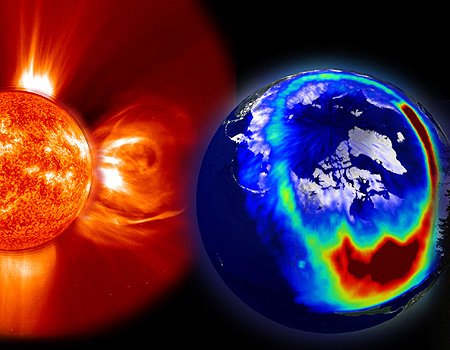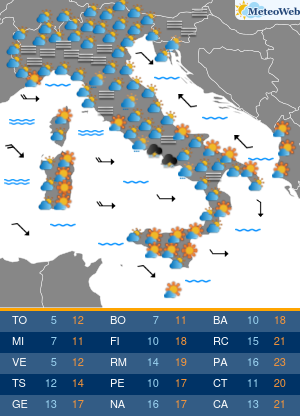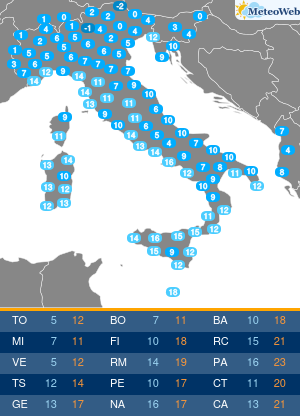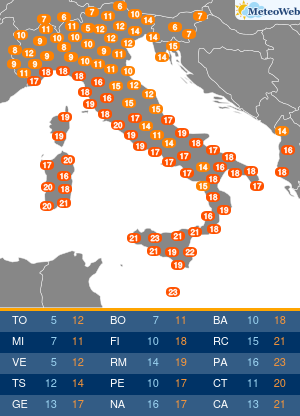Si parla tanto delle tempeste solari, se ne è parlato soprattutto nei giorni scorsi e lo abbiamo fatto anche noi. Ma in quanti sanno davvero di che si tratta?
Devono essersi posti questa domanda alla Nasa, e hanno deciso di divulgare su Youtube, strumento popolarissimo e assolutamente cosmopolita, un video con una didascalia che spiega cosa sono le tempeste solari e le fa vedere.
Si tratta di immagini meravigliose che non potevamo non segnalarvi, con in allegato la didascalia originale in lingua inglese diffusa dalla Nasa. Buona visione!
From NASA’s Scientific Visualization Studio. Solar flares may seem like far-away events, but they can damage satellites and even ground-based technologies and power grids. Every 11 years, as the sun reaches its maximum activity they become bigger and more common, and that increases the chances that one will significantly affect Earth.
So what are these solar eruptions? A solar flare is basically an explosion on the surface of the sun ranging from minutes to hours in length. Large flares can release enough energy to power the entire United States for a million years. Flares happen when the powerful magnetic fields in and around the sun reconnect. They’re usually associated with active regions, often seen as sunspots, where the magnetic fields are strongest.
Flares are classified according to their strength. The smallest ones are B-class, followed by C, M and X, the largest. Similar to the Richter scale for earthquakes, each letter represents a ten-fold increase in energy output. So an X is 10 times an M and 100 times a C. Within each letter class, there is a finer scale from 1 to 9. C-class flares are too weak to noticeably affect Earth.
M-class flares can cause brief radio blackouts at the poles and minor radiation storms that might endanger astronauts. It’s the X-class flares that are the real juggernauts. Although X is the last letter, there are flares more than 10 times the power of an X1, so X-class flares can go higher than 9. The most powerful flare on record was in 2003, during the last solar maximum. It was so powerful that it overloaded the sensors measuring it. They cut out at X17, and the flare was later estimated to be about X45.
A powerful X-class flare like that can create long lasting radiation storms, which can harm satellites, and even give airline passengers flying near the poles small radiation doses. X flares also have the potential to create global transmission problems and worldwide blackouts.
The seriousness of an X-class flare pointed at Earth is why NASA and NOAA constantly monitor the sun. NASA’s Heliophysics fleet of spacecraft can now see the sun from every side and in many different wavelengths. This unprecedented coverage is enabling scientists to predict and detect space weather events like flares and CMEs with ever greater accuracy. With advance warning, governments and companies can take steps to protect their technological infrastructure, so that the worst scenarios will never happen.










